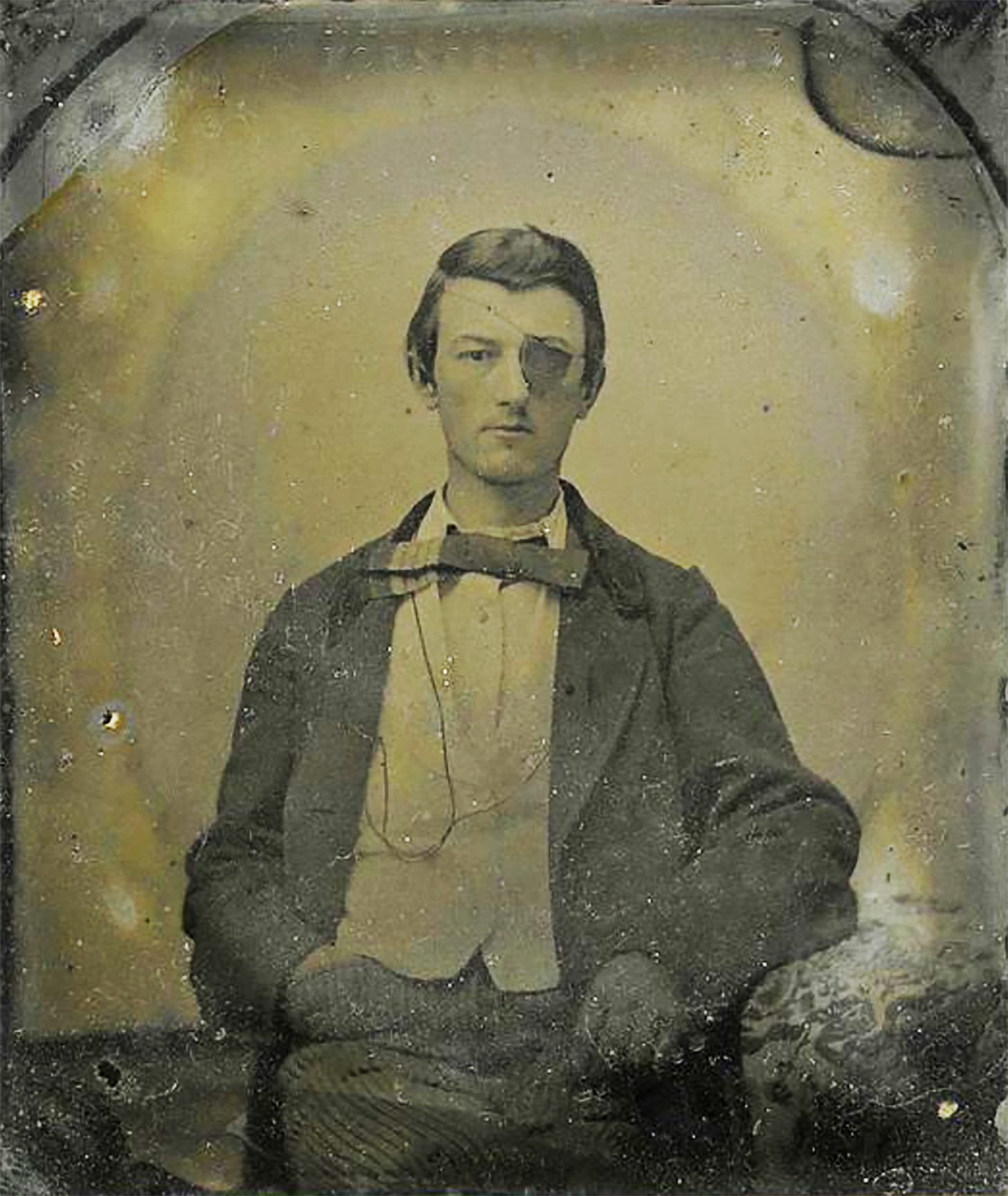Like many others lured by the promise of opportunity, open spaces, and a fresh start, Charlie Parkhurst was an American that felt the siren call of the west during the 19th century. But that common ground marked the point of departure for a life that was exceptional in many ways.
Parkhurst was born in 1812 in Sharon, Vermont and left without parents when barely more than a toddler. From early childhood Charlie’s affinity for animals and the outdoors was obvious, and by adolescence he was mastering the art of horse riding and training. These skills would serve Parkhurst well when a discovery in the California territory precipitated the gold rush of 1849. The craze created a demand for reliable, rapid movement across the parts of the frontier that hadn’t yet witnessed the arrival of the railroad. The role of a Whip, or stagecoach driver, seemed tailor-made for Parkhurst, who would become among the most called-upon, and famous, drivers of the old west.
Because of the American affinity for the time and place he inhabited, it isn’t hard to picture Parkhurst now despite the years that have passed: he was described as sturdy, windswept, and with a perpetual cigar clenched in his teeth. A brimmed hat was offset by a black eye-patch: a horse startled by a snake had kicked Parkhurst early on in his career. Despite this, his mastery with a whip was unrivaled: the man now known as One-Eyed Charlie could slice the end off an envelope from 20 feet away, or the tip off a cigar clenched in someone’s teeth. His toughness, reliability, and dedication became legendary, as did his soft side: Parkhurst was said to love his horses so much that he preferred to sleep on a pile of hay in their stalls rather than in a bed. Many observers noted that this hardened whip had a kindness that verged on reverence for children, whose hardscrabble lives on the frontier might have reminded One-Eyed Charlie of his own, and rather grim, childhood as an orphan.
He would become the most reliable six horse team team runner in the territories, outsmarting criminals that lay in wait all over the mountain West in hopes of robbing stagecoaches and their passengers of gold and other valuables. The apogee of this career came when Charlie bested the most notorious highway crooks in the Rockies, the infamous Sugarfoot and his gang. Parkhust’s services expanded and prospered along with his reputation, and he sold his courier and transport service for a profit. Indeed One-Eyed Charlie was so good that he achieved the rarest prize of all in the wild west: retirement on his own time and terms, to a ranch he bought himself just outside Soquel, California. Parkhurst died peacefully there on December 29th, 1879, just as the frontier world he had played such a role in bringing to life was winding down.
Why mention this life of adventure, of self-determination, of a man who was a legend in his own time? Because today is Trans Day of Visibility, when the stories of transgender people should be remembered, highlighted, and celebrated. And because when Charlie Parkhurst was born 213 years ago in Vermont, he was assigned the gender ‘female’ at birth. Transgender people have always existed, and all of us are better for it when we join in acknowledging their contributions. People like Charlie are who they say they are, and they speak to us through the lives they lived and through our shared, and cherished, history. How much poorer would we be without the daring and resourcefulness of One-Eyed Charlie, whose skill and sense of adventure helped shape an iconic chapter of our national story?
And how much do we risk losing if we push aside or silence other Americans like him now?
Image: Tintype Portrait of Unidentified Man with Eye Patch, c. 1850.




